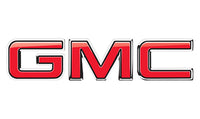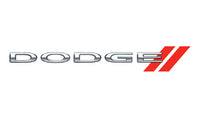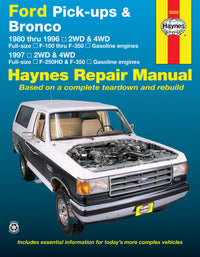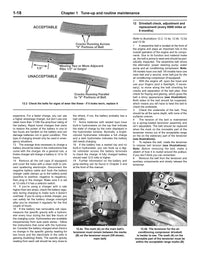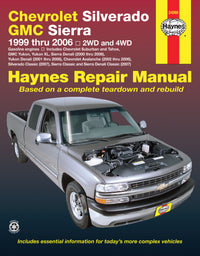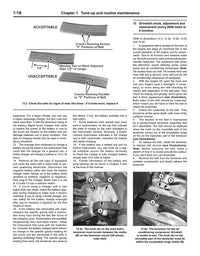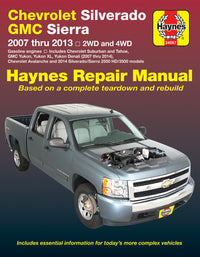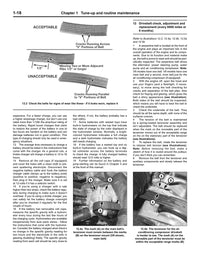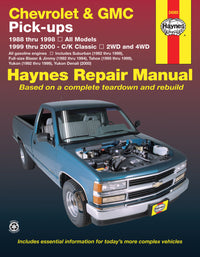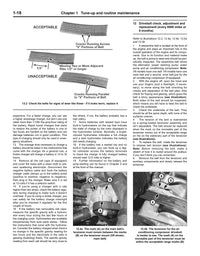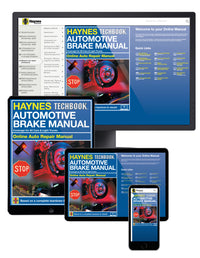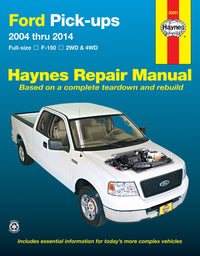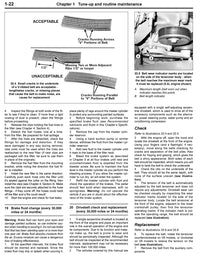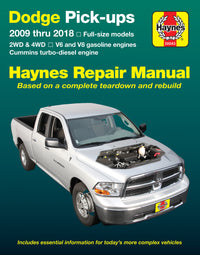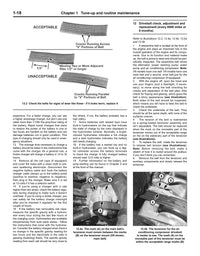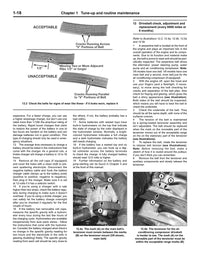You may have heard, or experienced a new car fitted with Stop-Start technology. But what exactly is it, and how does it actually work? We also dig a little deeper and look at the pros and cons.
What is Stop-Start Technology?
When you drive through many congested urban areas your car spends as much time stationary as it does in motion. An idling car creates pollution, and wastes fuel, so it makes sense to turn the engine off when you're stationary.
But for obvious reasons it's not ideal to turn your car on and off every time you come to a halt – and this is where Stop-Start technology comes in.
When the car detects that you're not moving it turns off the engine, then, when you press the throttle to move on, it automatically starts the car and you carry on your journey.
It does take a little getting used to, as it feels unnerving having your vehicle effectively cut out on you – but in practice a healthy Stop-Start system works seamlessly, to the point where you'll virtually not even notice it after a few journeys.
How does Stop-Start work?
When you're driving along and come to a stop, the car detects the lack of motion. If it then also detects that the brake pedal is pressed, or the clutch is depressed/car is out of gear, the ECU cuts the fuelling and ignition to turn off the engine.
As you go to move off again, releasing the brake pedal, engaging the clutch or pressing the throttle sends a signal to the car to restart, and you carry on your journey without having to press any buttons, or turn any keys.
The process is entirely automatic, and the user can decide to turn the system off – usually via a dash button with an 'A' on it.
The electronics are sophisticated enough to know not to turn the car off if the battery level is low (starting a car requires a large amount of electricity), and also if the air-conditioning is on as this requires the engine to be spinning to function.
A conventional starter is a powerful motor which acts on the car's flywheel – when the key is turned, the starter turns a large ring gear on the flywheel via a pinion gear.
The starter turns the flywheel as the key is turned, then when the engine 'fires', and the key is released the starter disengages from the flywheel.
In cars fitted with Stop-Start the technology and components are basically the same – but are designed to be a lot more robust, powerful, and fast acting.
Because Stop-Start has to pre-empt your actions, some of the newer systems are what's known as 'tandem solenoid'. In regular (single solenoid) set-ups you could find yourself in a situation where you stop, then just as the car cuts the fuel you want to pull away – but the engine is still spinning.
If you've ever tried to start a car that's already running you'll have discovered that it makes a hideous crunching sound as the starter pinion tries to engage with a rapidly spinning flywheel!
As a result single solenoid Stop-Start systems can pause the starting process and prevent the engine from starting until it's fully stopped – this isn't ideal as the car doesn't start 'on demand' but a moment later.
A tandem solenoid works by spinning up the starter pinion to synchronise it with the flywheel, then the second solenoid seamlessly engages the gear.
There are also some systems that don't require the starter motor to be activated, but start the car via compression – effectively bump starting the car while it's stationary.
Fuel is pumped into the combustion chamber which forces the piston down thus kick starting the combustion process.
What are the benefits of Stop-Start?
The main benefits are two fold. Firstly it reduces pollution. An idling car creates pointless pollution and by turning it off you won't be producing any at all.
Pollution is an increasing problem in many towns and cities, so every little reduction helps. Secondly there is a fuel saving to be had. Granted it's not a huge amount.
But if much of your driving is in stop start traffic it will all add up. A third minor benefit is that it's quieter and more relaxing sitting in a car that's not thrumming away at idle.
What are the downsides of Stop-Start?
Sadly it's not a perfect system, and there are some downsides. The primary one is that while the main intention of the device is to lower emissions you have to wonder if we're robbing Peter to pay Paul.
How much pollution is caused by the manufacture of the extra components required, and how much more waste is create at the vehicles end of life?
Car manufacturers are being pushed to meet ever more strict emissions guidelines, and Stop-Start technology helps them achieve these targets – but there doesn't appear to be any studies which take into consideration the levels of pollution caused during production.
As Stop-Start places extra demand on components you need specific, powerful batteries and more robust starters and engine mounts.
While these shouldn't have lifespans any shorter than those on a regular car, the cost of replacement can be substantially higher than non Stop-Start equipped cars, plus the added complexity is likely to make labour charges higher on cars undergoing work in these areas.
But the main downside is a lot of people simply don't like the sensation of their car automatically turning off, and manufacturers have identified that many owners just turn off the feature when they get in the car.
It's something they're not used to, and don't really understand, or fully trust. But our advice has to be to to always leave Stop-Start engaged if your car is equipped with it



